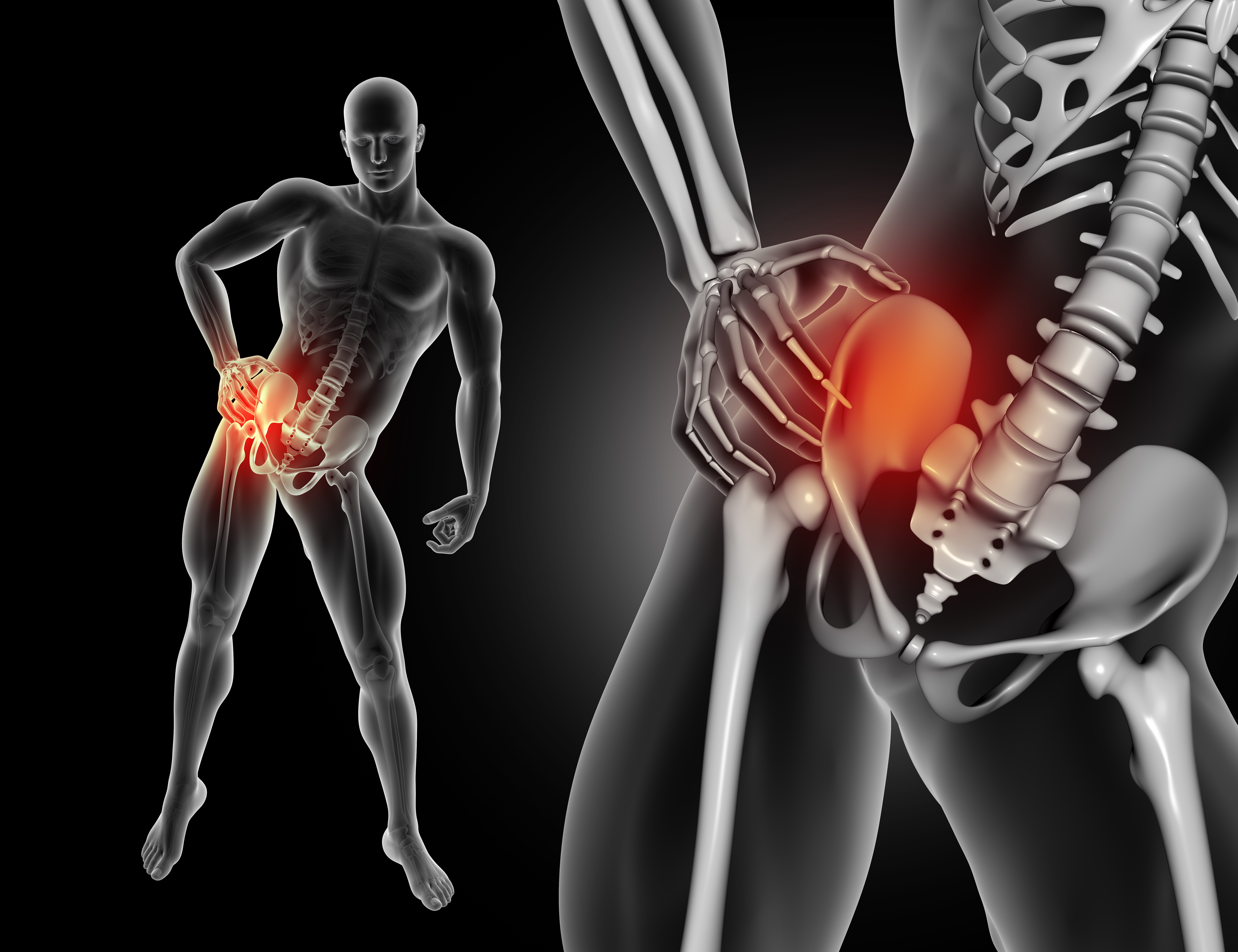Hip replacement, also known as total hip arthroplasty, is a surgical procedure performed to replace a damaged or diseased hip joint with an artificial joint or prosthesis. The surgery is typically recommended when conservative treatments have failed to provide adequate pain relief or restore function in the hip joint
Arthritis is the most common cause of hip pain and other symptoms that lead to people needing a hip replacement Other health conditions and issues that can damage your hip joint enough to require a hip replacement include: Osteonecrosis.

Here is an overview of the hip replacement procedure:
Most hip replacements are outpatient surgeries, which means you can go home the same day. It usually takes people several months to recover after a hip replacement. You’ll need physical therapy for a few months. Adherence to post-operative rehabilitation exercises and follow-up appointments is crucial to achieve the best possible outcome.